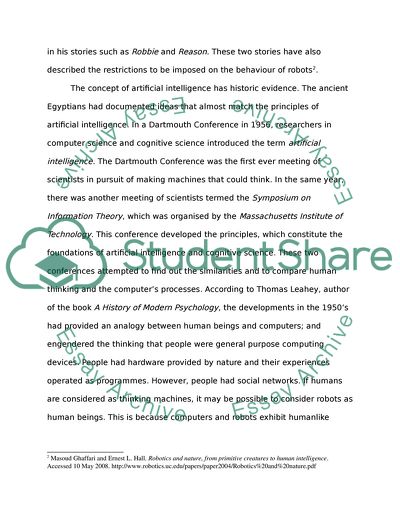Cite this document
(“Social Implications of IT Essay Example | Topics and Well Written Essays - 2750 words - 1”, n.d.)
Social Implications of IT Essay Example | Topics and Well Written Essays - 2750 words - 1. Retrieved from https://studentshare.org/information-technology/1546462-social-implications-of-it
Social Implications of IT Essay Example | Topics and Well Written Essays - 2750 words - 1. Retrieved from https://studentshare.org/information-technology/1546462-social-implications-of-it
(Social Implications of IT Essay Example | Topics and Well Written Essays - 2750 Words - 1)
Social Implications of IT Essay Example | Topics and Well Written Essays - 2750 Words - 1. https://studentshare.org/information-technology/1546462-social-implications-of-it.
Social Implications of IT Essay Example | Topics and Well Written Essays - 2750 Words - 1. https://studentshare.org/information-technology/1546462-social-implications-of-it.
“Social Implications of IT Essay Example | Topics and Well Written Essays - 2750 Words - 1”, n.d. https://studentshare.org/information-technology/1546462-social-implications-of-it.


